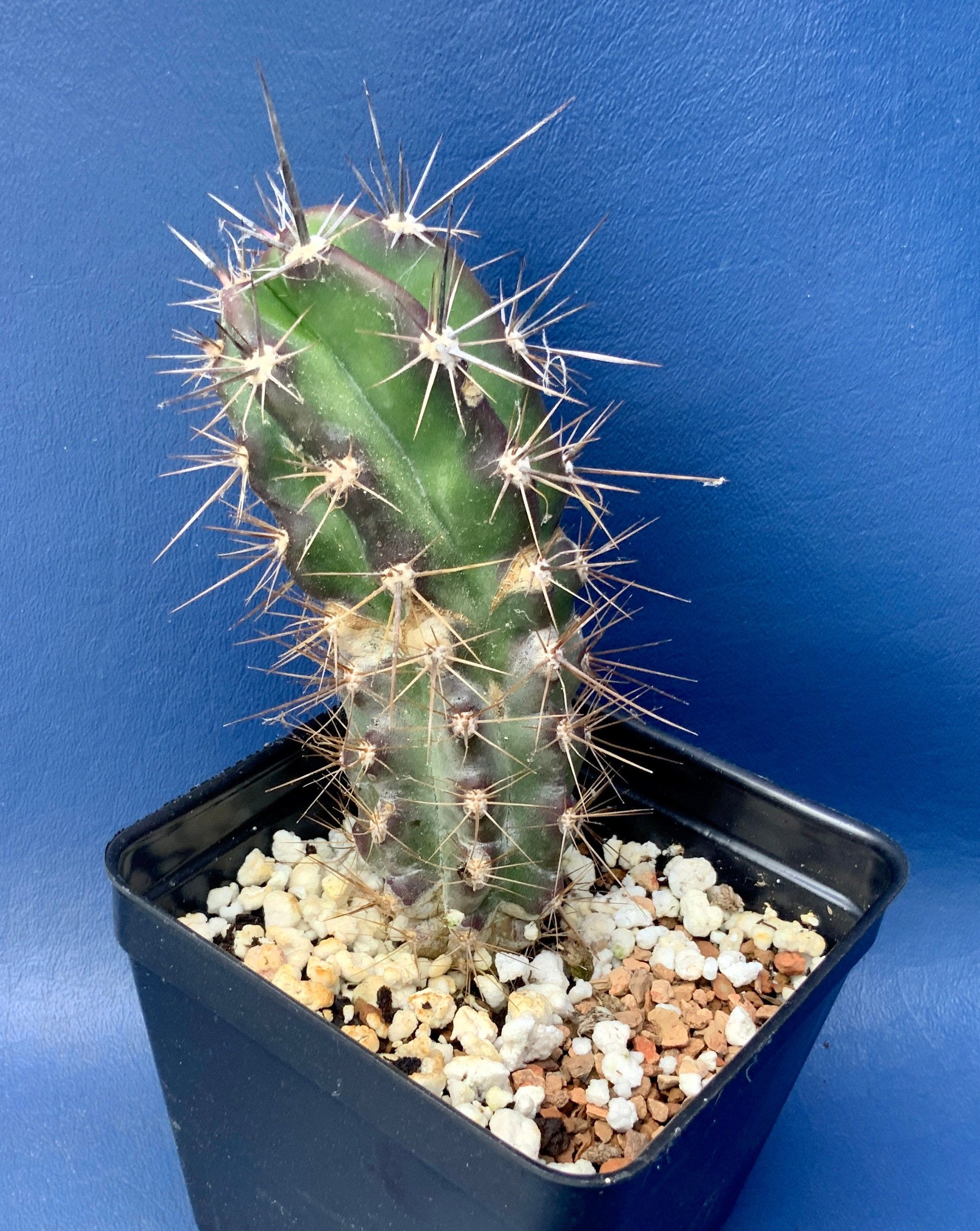Plants Store Their Sugar In The Form Of - Web these carbohydrate reserves are essentially made up of glucose polymers: Glycogen in animals, and starch in most. Web as part of plants’ chemical processes, glucose molecules can be combined with and converted into other. In plants, an amylose and amylopectin mixture (both glucose polymers) comprise these. Web plants store sugars in the form of starch.
Web as part of plants’ chemical processes, glucose molecules can be combined with and converted into other. Web these carbohydrate reserves are essentially made up of glucose polymers: Glycogen in animals, and starch in most. In plants, an amylose and amylopectin mixture (both glucose polymers) comprise these. Web plants store sugars in the form of starch.






